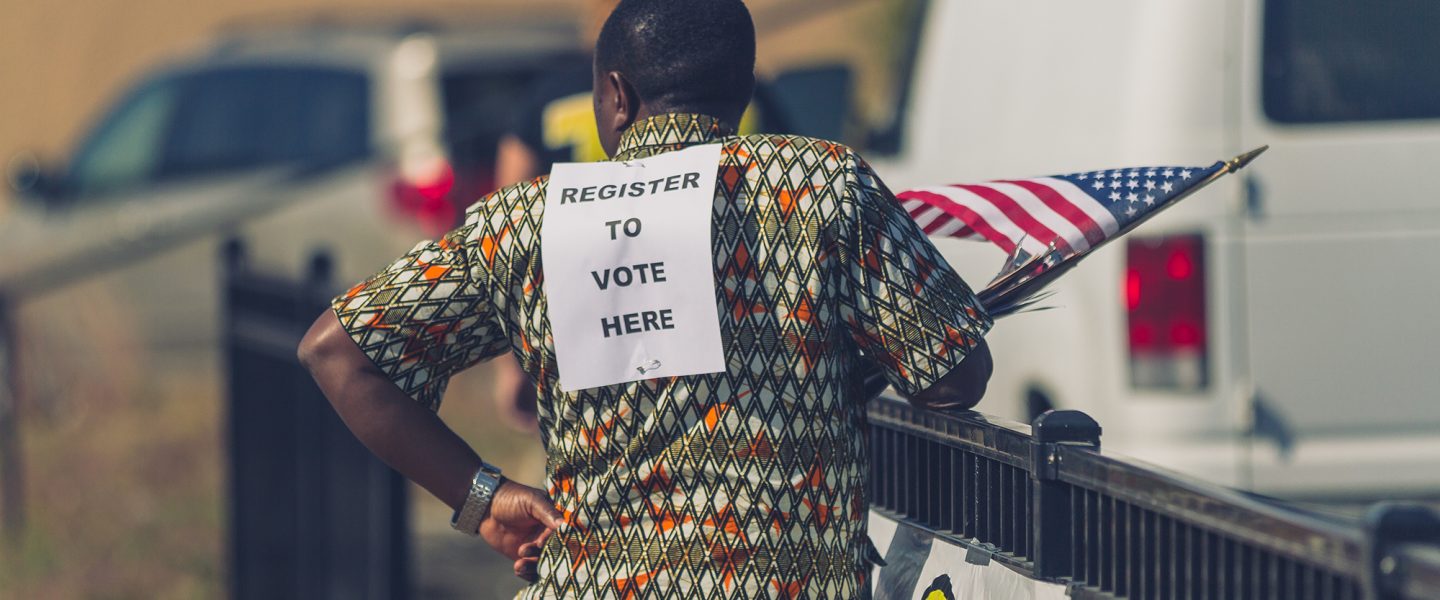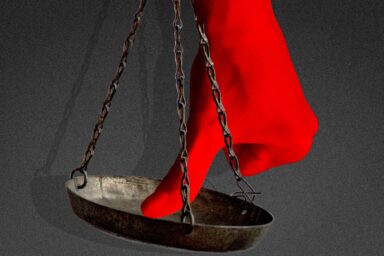With the information they provide, pollsters help us understand how Americans feel about the issues of our time. However, when they also analyze their data, they should do a better job.
|
Listen To This Story
|
Polling companies provide a valuable service. Apart from elections themselves, their surveys often offer the best insights into how Americans think about people, institutions, and issues. However, when it comes to interpreting their own data correctly, they often fall woefully short.
That was on full display Wednesday, when Gallup published a poll on the waning confidence in higher education, while Pew provided an analysis on voting patterns in recent elections.
In each case, the pollsters left out a crucial piece of information that consumers would need to know in order to correctly interpret the data.
In the first case, that omission was fairly benign. In the second case, it was much more serious.
First up was a Gallup poll showing that Americans’ confidence in higher education has dropped significantly in recent years.
Only about one-third of them either had a “great deal” or “quite a lot” of confidence in higher education, which is down from almost half of Americans who felt that way when Gallup last asked that question in 2018.
This is reflective of how Americans feel about all institutions, support for which has declined across the board.
Instead of just providing the results of the poll and letting people come to their own conclusions, Gallup offered its own assessment of the data.
“While Gallup did not probe for reasons behind the recent drop in confidence, the rising costs of postsecondary education likely play a significant role,” Gallup stated.
That’s fine and possibly a contributing factor.
However, a closer look at the data shows that much of the decline was driven by a sharp drop in Republicans’ confidence in higher education (down to 19 percent).
And that is much more likely to be caused by the relentless attacks of GOP politicians and their allies in the right-wing media on liberal universities — which, they claim, impose “wokeness” on young Americans’ minds — than the cost of college.
It’s fine if pollsters don’t want to offer an analysis, but if they do, they should at least do a good job.
In the case of Pew’s analysis of voting patterns in recent elections, this was even more problematic.
First of all, it is important to acknowledge that this is important work.
An entire team of experts compiled a 5,500-word report that is extremely detailed and offers a lot of useful information.
It also comes with lots of pretty charts and some insights, like this one:
“Given sharp political divisions in the United States, small changes in voter turnout from election to election have big consequences.”
The report also showed that racial minorities made up a greater share of nonvoters.
Again, all of this is important information.
However, the document contains a glaring omission: There is no reference to voter suppression and the various attempts many states, most of them GOP-controlled, have made to put a thumb on the scales of democracy.
Each year, dozens of new laws are introduced there that make voting more difficult for some people than others, and any analysis of voting patterns that does not take this into account is deeply flawed.
The report accurately states that even small changes in voter turnout can have a big impact on the outcome of elections.
However, the researchers then pretend that all of these changes are completely organic when at least some of them can be attributed to the efforts of state lawmakers to influence who does and does not get to cast a ballot.




